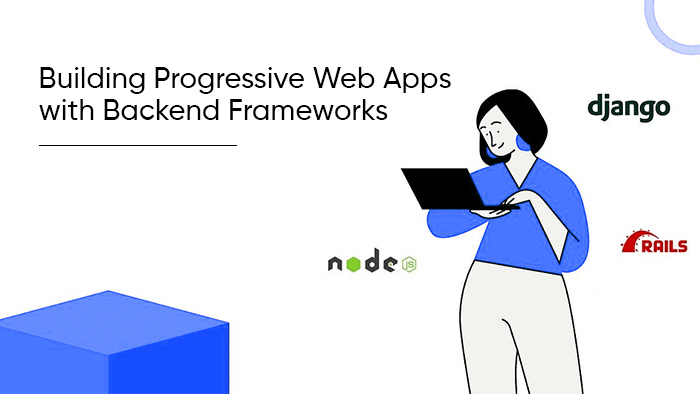
Building Progressive Web Apps With Backend Frameworks: Node.Js, Django, or Ruby on Rails
The development of progressive web apps (PWAs) has gained significant momentum in recent years, necessitating the selection of an appropriate backend framework for efficient and effective implementation. This article explores the features and benefits of three popular backend frameworks: Node.js, Django, and Ruby on Rails. By comparing their capabilities and evaluating their suitability for PWA development, this study aims to provide insights into the optimal choice for building robust and scalable PWAs. Key Takeaways js is well-suited for building scalable applications that require real-time interactions or heavy data streaming. Django offers various tools and libraries to optimize performance and handle increased traffic. Ruby on Rails emphasizes convention over configuration, allowing developers to focus on building features. js and Django both provide techniques for improving performance, such as caching mechanisms and database optimization. Choosing the Right Backend Framework for Your Progressive Web App The selection of an appropriate backend framework for a progressive web app is a crucial decision that requires careful consideration. When choosing between